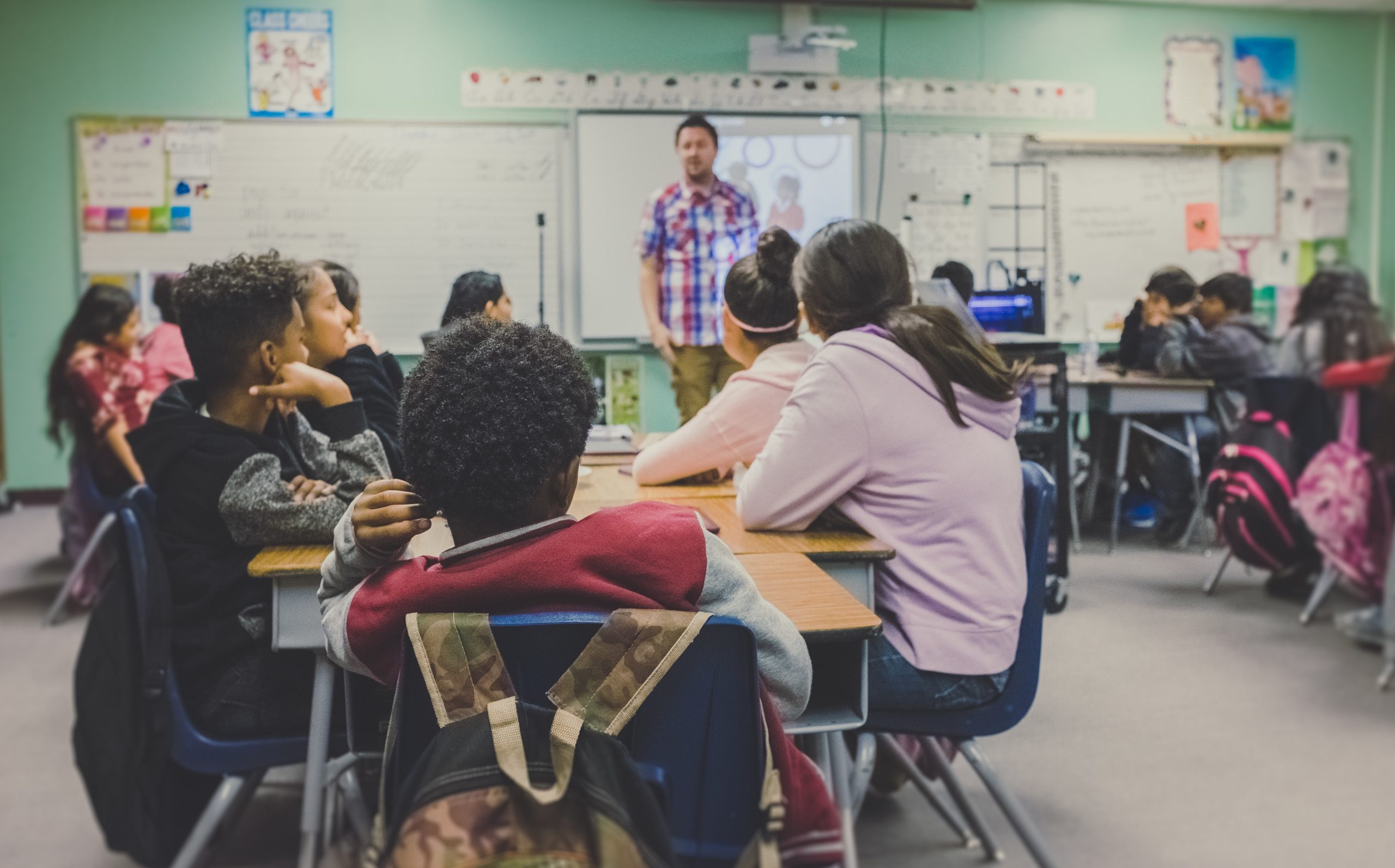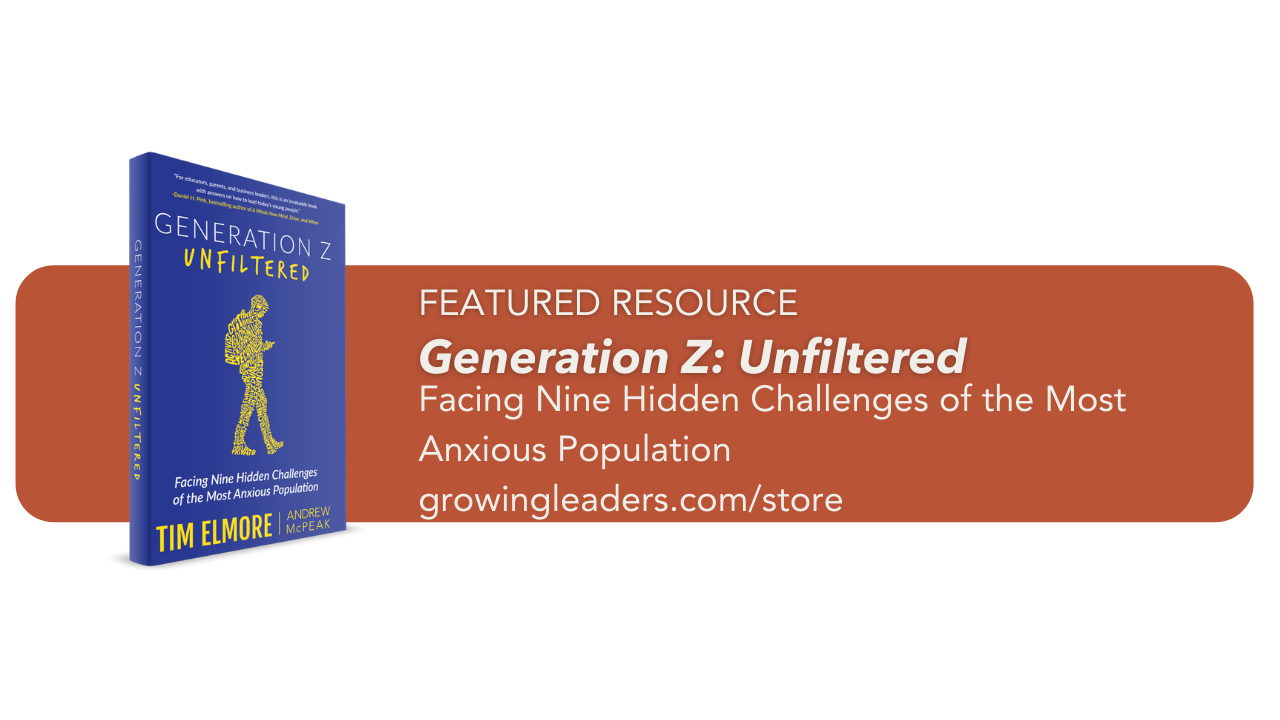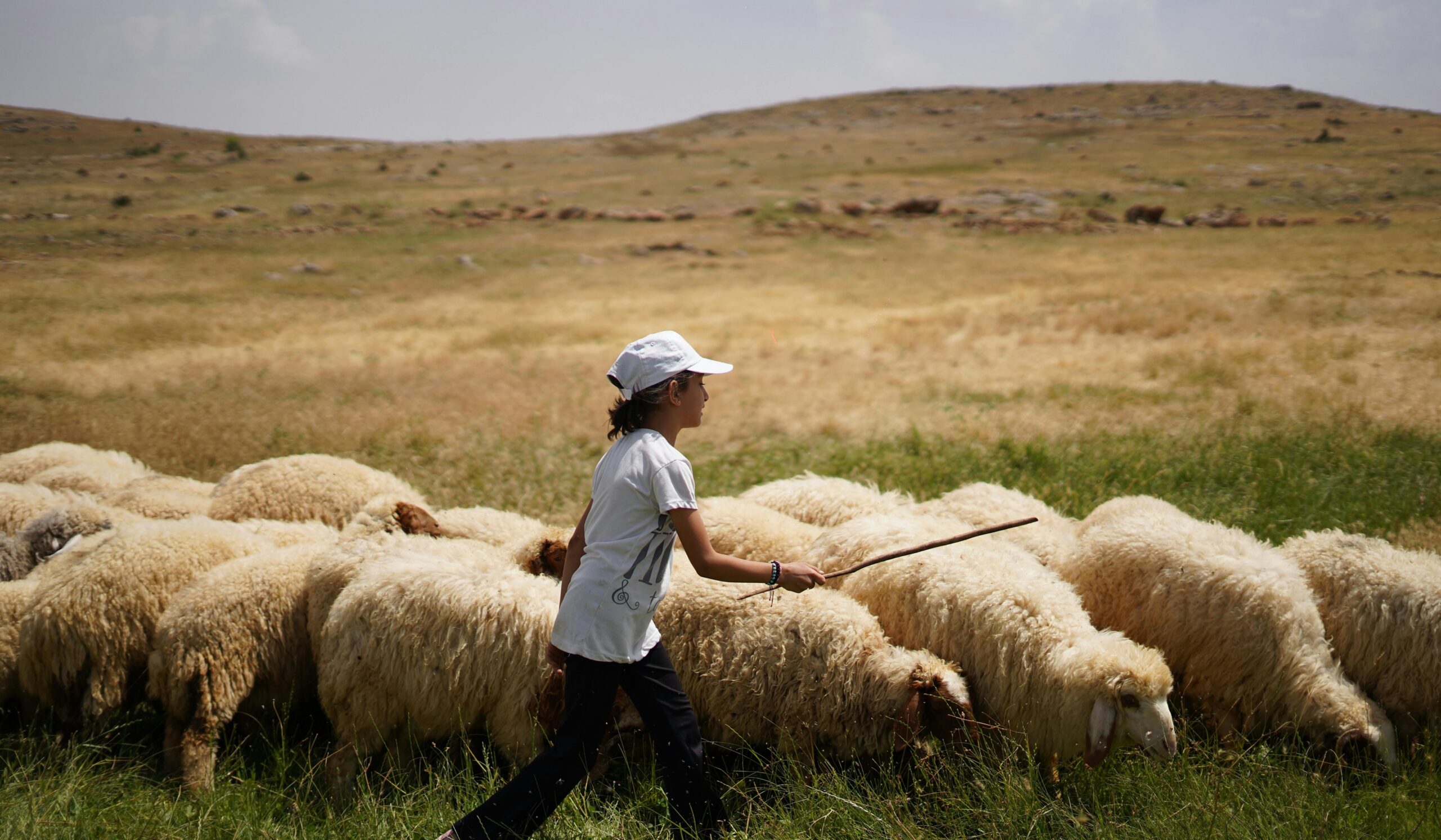
The Drift We’ve Witnessed in Education
By: Tim Elmore
When I spoke to Mr. Dunn, an English teacher of high school seniors, he told me he had one job: to teach language arts to teenagers. My first response was to agree. He had but one task each day, and he was doing a good job of it.
When I reflected on the history of education in America, I recognized we’ve drifted. If you care about education, this blog post is for you.
Today, we have narrowed the task of education to a purely cognitive exercise. This has not always been the case. Let me illustrate by reminding you of two dictionary definitions for the word education.
What’s Your Definition?
A modern definition of education from the Merriam-Webster dictionary is, “The action or process of educating or of being educated; the knowledge and development resulting from the process of being educated.” From this definition, we surmise that education is simply a matter of knowledge and development. What constitutes either is uncertain.
An older definition sheds light on the issue. Noah Webster’s 1928 dictionary definition of education is, “The bringing up of a child through instruction; the formation of manners. Education comprehends all series of instruction and discipline which is intended to enlighten the understanding, correct the temper and form the manners and habits of youth and to fit them for usefulness in their future stations.”
Believe it or not, Noah Webster actually continued by saying to give children a good education means developing them in manners, the arts and the sciences; and to give them a religious education is an indispensable responsibility which rests on parents and guardians.
Education, in this definition, is broadened from accumulating knowledge to enabling students to gain understanding so that it changes the way they manage their lives. Education includes:
- Correcting their tempers
- Practicing habits and manners
- Developing reason.
Noah Webster’s definition implies that the learner is capable of reason but is also flawed and thereby prone to the irrational. Educators and parents are to equip their students to exercise their will in a moral and reasonable manner so they can become generative adults.
If we embrace this definition, it is apparent we discarded it decades ago.
The Drift We’ve Experienced
There is little doubt teachers feel this quandary. They know that student development is about more than academic progress, grade point averages, and SAT scores. This is why many schools now include social and emotional learning in their weekly coursework, especially because it’s not happening in millions of homes. Teachers must not only focus on reading, writing, and arithmetic, but also on helping students manage their emotions, build disciplined habits, and empathize with others. These have commonly been called soft skills.
In James Baldwin’s “A Talk to Teachers” in 1963 he reminds us of this charge: “Our obligation as educators is to entrust in our students the abilities to create conscious citizens who are vocal about reexamining their society.” In other words, our job is to create active problem-solvers. Research suggests that problem-solving skills help buffer against distress when people are experiencing stressful events in life.
Let me offer one vivid illustration of how our drift from this charge is costing us.
We Are in a Perfect Storm
America is experiencing a perfect storm of elements at this moment. For more than two decades, we’ve been telling our kids to go to college so they can get a great job. Most educators I talk to, however, acknowledge that not every K-12 student is cut out for a four-year liberal arts university. Many would be more suited for a trade school, learning to be an electrician, a builder, a plumber, a mechanic, or even a truck driver.
When we got ambushed by a pandemic, we suffered the consequences of our advice.
As people stayed home in quarantine, we all got comfortable ordering products and services online. In fact, many people didn’t want to go back to work. There is a labor shortage, not because there aren’t enough jobs but because there are not enough workers for those jobs. Most high school students where I live don’t want to work jobs that feel “below them.” Prior to the pandemic, college graduates had been conditioned by society to wait for the perfect job. In December, we heard on the news that there was a backup of shipping boxes off the coast of California and trucking companies couldn’t find people to drive delivery trucks. Consumers are waiting longer to receive what they purchased. Prices are up, and efficiency is down. At the risk of oversimplifying the issue, I think we told too many kids those jobs aren’t worthwhile, that they should have a white-collar job. In reality, many of the plumbing, electrical, or truck driving jobs pay very well and would be perfect for millions of students who were forced into a narrow window of what success looks like. If millennials and Generation Z are underemployed, is it possible many of them are because they got a college degree they didn’t need? And is it because we neglected to teach basic job skills or soft skills to them?
My Conclusion
It’s time we return to practicality. What if we embrace the earlier definition of education and form great problem-solvers who practice disciplines and address challenges in society? This will not only entail social and emotional learning but also character and leadership. Don’t get me wrong. Academics are clearly important, but not at the expense of practical skill sets that improve the way we live our lives.







